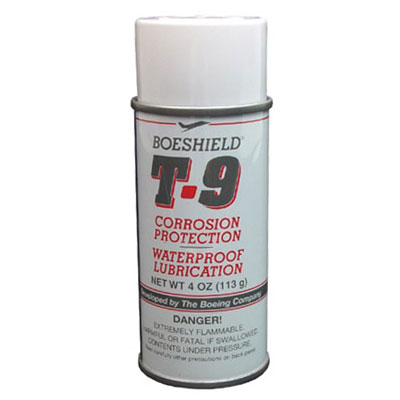This post is for those of you that have decided to use the previous model years steel drive-shafts in your 2013 PRO RMK.
Although the best method is to let your dealer handle the service of a broken/defective unit... some of the readers of this forum wanted to take their own pro-active approach in preventing an issue in their short season.
If you have decided to run the steel driveshaft... then a bit of prevention can make your installation more successful.
In a recent bulletin... Polaris Industries warns:
Because Polaris has no ability to control the methods and materials that a consumer may use, they need to recommend an dealer-based solution that will maintain industry standards in terms of installation quality and parts compatibility. Simply put... often, many consumer will not take proper measures in their own installations of the steel shaft to prevent further problems down the road.
"seizing on to the inner bearing race and lower drive sprocket" means that it would be very difficult to remove the shaft without damaging parts. If the shaft DOES seize to the inner bearing, you may destroy the shaft or the bearing mounting plate in the process of removal.
"Seizing" does not indicate a seizing of the bearing in terms of rotation.
The reason for this is that the steel shafts do not have any kind of a corrosion inhibitor on them. They normally run, on the sprocket end, in a bath of oil from the chaincase past the seal.
The aluminum shafts... which do not run the splined end in oil, are coated with a corrosion inhibitor on the steel-stub end.
As a side note: C3 has been running their SkiDoo XP belt drive conversions that run the stock steel drive-shaft/stub with very good luck... those are also converted from an oil-bath chaincase.
Liberal application of a good corrosion inhibitor like BOESHIELD T-9 in conjunction with a good anti-sieze lubricant on the splines themselves should give you good results and minimize the chances of siezure in the bearing/sprocket...but in the end, the decision is yours as to the methods you want to use.
Here is the method that I will be using on my own installations.
In a warm room, with the shaft at room temp, clean the shaft well with scotch brite... wipe with alcohol, spray on Boeshield... wait a bit... give it 2 more coats... then apply molybdenum anti-sieze to the stub bearing journal and splines... also to the bore of the sprocket and on the shaft-spines... then assemble... you should have no corrosion issues.
throughout the season... tip the sled on it's side and give a little spray, all around the shaft where it enters the bearing of the T-9.


.
Although the best method is to let your dealer handle the service of a broken/defective unit... some of the readers of this forum wanted to take their own pro-active approach in preventing an issue in their short season.
If you have decided to run the steel driveshaft... then a bit of prevention can make your installation more successful.
In a recent bulletin... Polaris Industries warns:
They are saying this in good-faith to try to prevent additional problems from arising.While steel drive shafts from other RMK models may fit, Polaris does not recommend this because there is a risk of the shaft seizing on to the inner bearing race and lower drive sprocket.
Because Polaris has no ability to control the methods and materials that a consumer may use, they need to recommend an dealer-based solution that will maintain industry standards in terms of installation quality and parts compatibility. Simply put... often, many consumer will not take proper measures in their own installations of the steel shaft to prevent further problems down the road.
"seizing on to the inner bearing race and lower drive sprocket" means that it would be very difficult to remove the shaft without damaging parts. If the shaft DOES seize to the inner bearing, you may destroy the shaft or the bearing mounting plate in the process of removal.
"Seizing" does not indicate a seizing of the bearing in terms of rotation.
The reason for this is that the steel shafts do not have any kind of a corrosion inhibitor on them. They normally run, on the sprocket end, in a bath of oil from the chaincase past the seal.
The aluminum shafts... which do not run the splined end in oil, are coated with a corrosion inhibitor on the steel-stub end.
As a side note: C3 has been running their SkiDoo XP belt drive conversions that run the stock steel drive-shaft/stub with very good luck... those are also converted from an oil-bath chaincase.
Liberal application of a good corrosion inhibitor like BOESHIELD T-9 in conjunction with a good anti-sieze lubricant on the splines themselves should give you good results and minimize the chances of siezure in the bearing/sprocket...but in the end, the decision is yours as to the methods you want to use.
Here is the method that I will be using on my own installations.
In a warm room, with the shaft at room temp, clean the shaft well with scotch brite... wipe with alcohol, spray on Boeshield... wait a bit... give it 2 more coats... then apply molybdenum anti-sieze to the stub bearing journal and splines... also to the bore of the sprocket and on the shaft-spines... then assemble... you should have no corrosion issues.
throughout the season... tip the sled on it's side and give a little spray, all around the shaft where it enters the bearing of the T-9.


.
Last edited:

